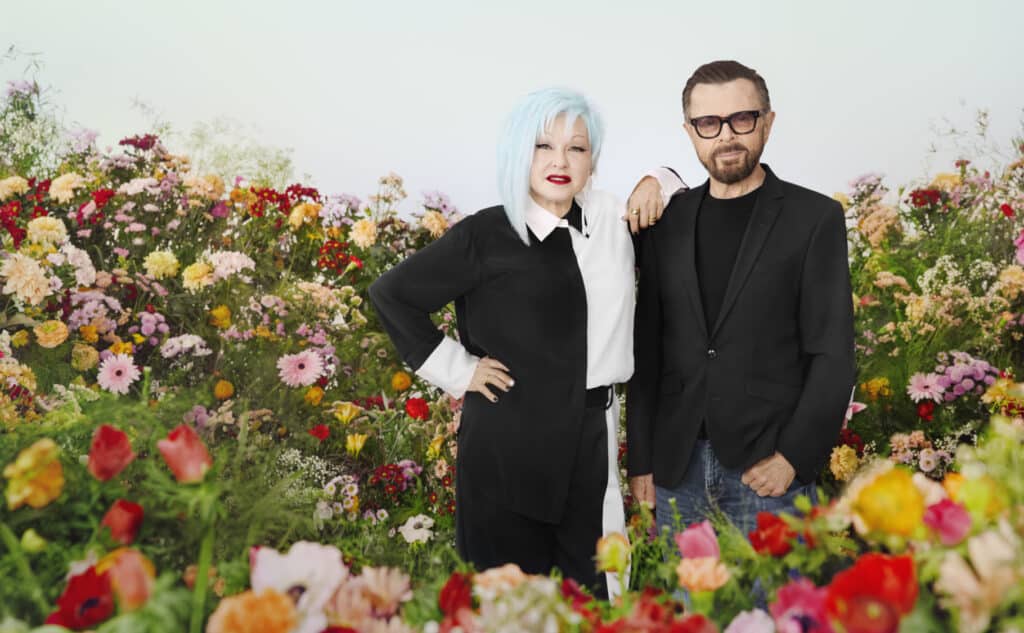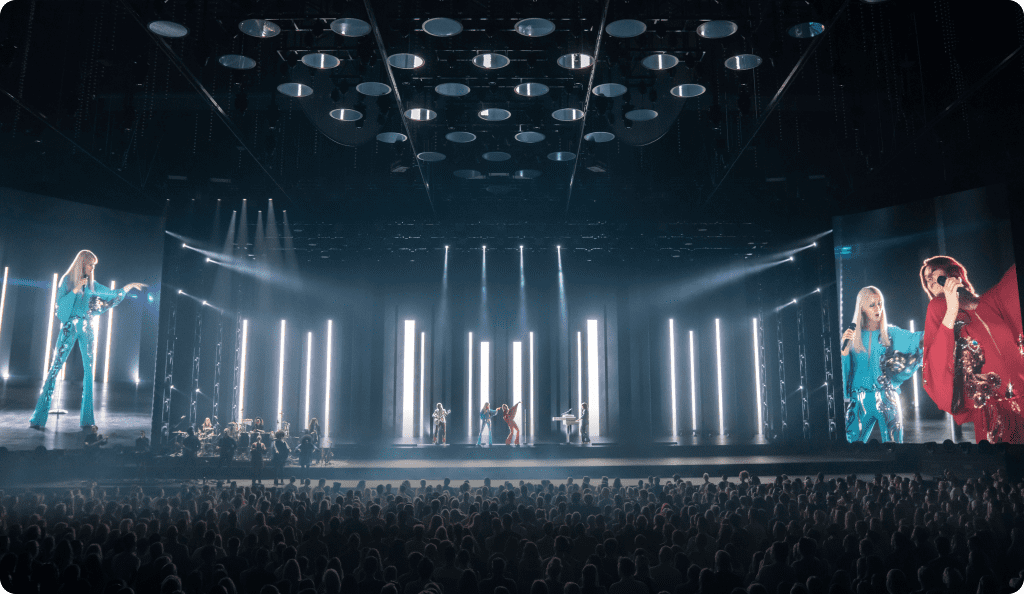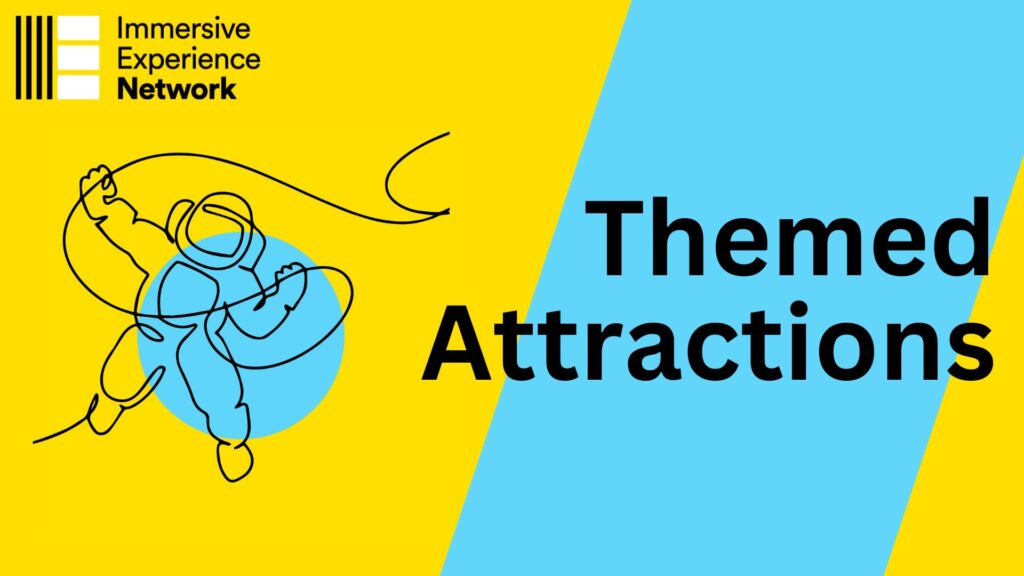Where might you find Bjork, Coldplay, Brian Eno, The Weeknd, Kiss, ABBA and Chemical Brothers – other than on a particularly banging playlist?
The answer is, obviously, mixing it up in their own immersive experiences.
From the multi-room screen and headset-based Bjork Digital exhibition at Somerset House in 2016 to Coldplay’s Film for the Future at Lightroom in 2025, musicians have been showcasing their lore in an increasing variety of spaces and making use of emerging technology to do so – and it’s only going to get bigger and better.
One of the many perks of being part of the Immersive Experience Network is the chance to attend their virtual huddles, and learn about different parts of the industry from experts in their fields. At last month’s online gathering, we had the chance to listen to and chat with Pophouse Entertainment about their work matchmaking musical legends with new ways fans can explore their back catalogues.
Probably the most well-known project Pophouse have worked on is ABBA Voyage in London – very appropriate since Pophouse founder Björn Ulvaeus is also a member of ABBA.
The show, dedicated to the timeless Swedish band, is a combination of live performance and digital trickery, and has received rave reviews consistently since it opened. KISS will be next to get the Pophouse treatment, with a forthcoming live-meets-digital show featuring incredibly lifelike ‘avatars’ of the band.
“We’re always pushing the boundaries of how audiences experience music,” says Pophouse creative director Ryan Amstad. “The investment in ABBA Voyage, and the development of the KISS avatar show, prove that technology can be at the forefront of the space, enhancing the creative process and ultimately delivering a wholly new experience for audiences… the key is using the technology in a way that supports the experience, rather than overrides it.”
Pophouse’s output spans multiple artforms, chosen on a case-by-case basis and developed to be the best version of that artform it can be. Ryan explains that “for each artist we have on the Pophouse roster, we spend a lot of time thinking about engagement with new and existing audiences. Not only that, but how can we advance the industry we are part of”.
It’s an exciting mix; artists with decades of beloved material and fans all over the world, revisiting their work with creative teams working with the audio-visual technology of the future. Or, as Ryan puts it, “KISS have been going for 50+ years, imagine telling them in the 1970s they would soon release an avatar show!”
Artists being part of the process is important to Pophouse, in order to make something that feels authentic to fans – who would be the first to notice if an experience didn’t resonate. “Cyndi (Lauper) is a great example,” says Ryan. “As we got to know her, we went to see theatre shows, museums, exhibits, all sorts. It allowed us to learn about her as a creative and what inspires her. From there, we could develop ideas and concepts which feel true to her.”

Heading back to the immersive side of their catalogue, Ryan hints at a number of visual experiences in development: “think of them as more immersive music videos where we take audiences into the world of the music”.
Outside Pophouse, other notable examples of such happenings include the Chemical Brothers’ Music:Response 360 degree audio-visual show in Barcelona, the musical fulldome show Resolution by Polyphonic Spree, and The Weeknd’s walk-through scare attraction in the US. Brian Eno, meanwhile, has been particularly busy collecting immersive genres; he’s already done mixed reality, immersive audio and room-scale physical installations, to name just a few.
Musical artists expanding into immersive entertainment is a trend that’s only going to continue. With the increasing number of exhibition spaces, the growing audiences, and the development of technology that can create and repurpose assets with advancing speed and ease, the stage is set for legends.
I asked Ryan what factors he thinks make the worlds of music and immersive experiences so compatible. He points to the wider arts and entertainment ecosystem, in which the implementation of technology is making concerts bigger and better, and theme parks more multi-sensory and engaging, all in the pursuit of memory-making. This is exactly what Pophouse is doing with music.
Plus, as any immersive practitioner will tell you, audio is often the unsung hero of the experience. “If you think about what experiences you remember, you need to engage a number of senses,” says Ryan. “The audio experience is always key to the success of building a world. In my view, it makes sense that catalogue music and immersive experiences go hand in hand”.
And then there’s the emotional factor; anyone who has ever loved an artist and their work has already stepped into that artist’s world, not only through their music but their aesthetic, their history and their stories, and merged the artist’s world with their own. Pophouse and other immersive experience creators are simply taking that a step further.
Ryan sums this up aptly: “People already have an emotional connection to music: you think about your life, and there is generally a piece of music which reminds you of a time and place. With this in mind, bringing music to audiences in new ways allows people to create new memories and emotions, in a way that’s special to each audience member.”




